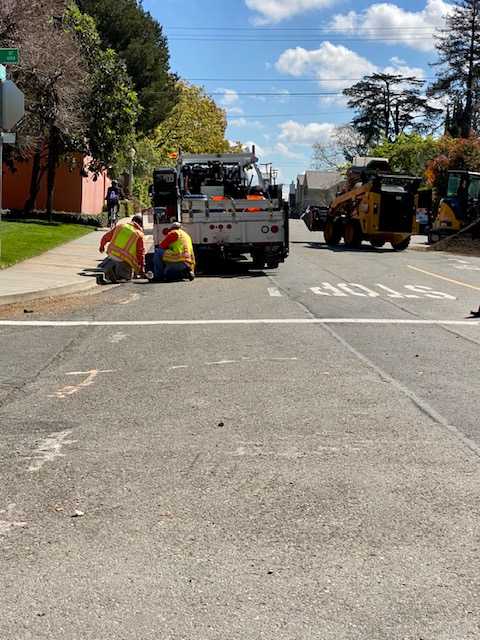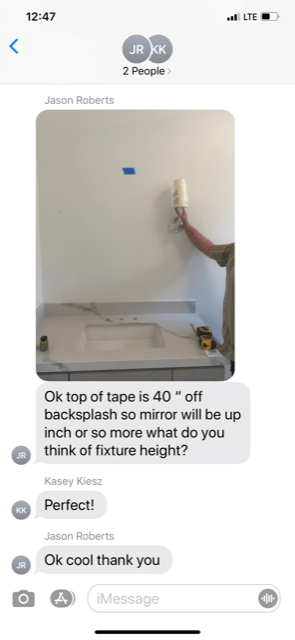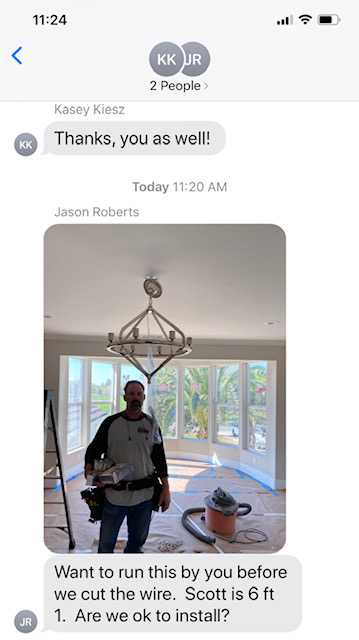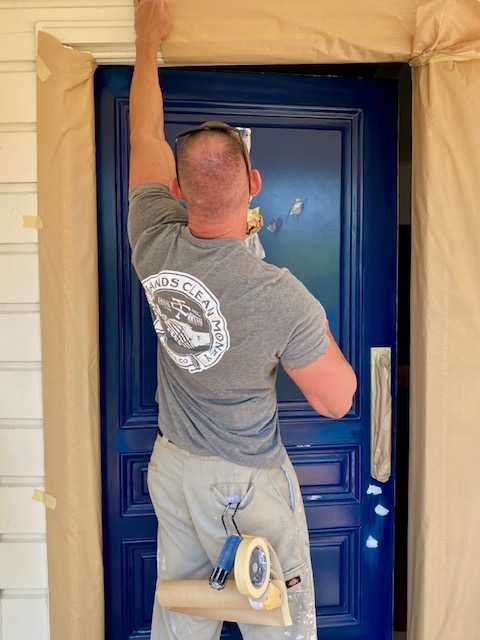What a week. With schools, restaurants, and businesses closed across the country, it’s impossible to feel normal. It goes without saying that health and safety matter above all else these days. Like many of you, we plan to spend the coming weeks largely at home, but it doesn’t mean we won’t be working.
With the unique combination of a trade contractor labor shortage and the news of the CDC’s best practices, we are reluctant to send our valued trade contractors home from our job sites so swiftly. Our trade contractors are the experts, so engaging in their specialty in a hands-on approach is the only way they get paid and the job gets done professionally. After Governor Gavin Newsom shut down much of California’s economy to slow the spread of the coronavirus, Sacramento construction executives and elected leaders went into overdrive. They lobbied state officials to get construction exempted from the “stay at home” mandates by making calls to builders and developers, encouraging them to keep sending workers to job sites. Industry officials said the mobilization was undertaken to prevent a repeat of the Great Recession. The effort worked—state health officials have changed the wording on the state website to specifically include construction and home construction as “essential” work that could continue during the crisis.




At KKDL, we want to continue working to make sure clients have ability to shelter in place, not half-built homes or a kitchen and bath renovation that is incomplete. Here are a few things we are doing as designers to keep our contractors working and our jobs on schedule. Our goal is to keep all involved safe and healthy while aligning with the Association of General Contractors of California and OSHA guidelines.
• Avoid contact with people who are sick. It is critical that individuals do not report to work while they are experiencing illness symptoms such as fever, cough, shortness of breath, sore throat, runny/stuffy nose, body aches, chills, or fatigue. Individuals should seek medical attention if they develop these symptoms.
• Discourage hand-shaking and other typical contact greetings.
• Limit the number of people on a job site, allowing non-essential personnel to work from home when possible. For those onsite, schedule work in segments versus stacking contractors. We have allowed up to 10 people to be on a job site at a time including homeowners and property owners, keeping a 6-foot distance between people.
• Perform construction walks on FaceTime and meetings online or via conference call whenever possible.
• Frequently wash hands with soap and water for at least 20-seconds. Utilize disposable gloves where appropriate; instruct workers to wash hands after removing gloves. If soap and running water are not available, use an alcohol-based hand sanitizer with at least 60% alcohol. Avoid touching the eyes, nose or mouth with unwashed hands.
• Do not congregate in lunch areas. Do not use a common water cooler. Provide individual water bottles or instruct workers to bring their own.
• Provide routine environmental cleaning (doorknobs, keyboards, counters, and other surfaces).
• Utilize disposable hand towels and no-touch trash receptacles.
• Do not share tools. Disinfect reusable supplies and equipment.
• Instruct workers to change work clothes prior to arriving home; and to wash clothes in hot water with laundry sanitizer.
• Do not share personal protection equipment (PPE).
• Identify specific locations and practices for daily trash such as: paper, hand towels, food containers, etc. Instruct workers responsible for trash removal in proper PPE/hand washing practices.
But do remember, above all, to take care of yourselves and your loved ones during this time. We’re all in this together and we’re here if you need us.
